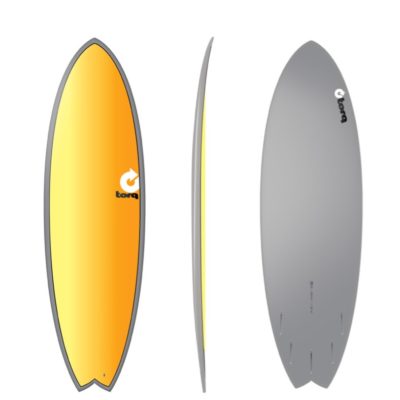Description
With loads of surface area up front, and a more tapered outline in the tail, the Modern Love Child is a versatile cruiser that is sure to double your wave count. This board paddles exceptionally well, has plenty of turning ability off the tail, and will adapt as the conditions, and your approach changes.
OUTLINE: The longboard outline up front creates a huge stable zone under the front foot and chest, which is great for catching waves early and riding forward towards the nose. The tapered area pintail keeps the board manoeuvrable and adds control in bigger, steeper waves.
ROCKER: The low rocker is designed to glide effortlessly into waves and maintain down-the-line speed and acceleration. The subtle lift in the tail rocker promotes smooth gliding turns on the face.
CONTOURS: Pronounced vee-double concave starts under the front foot and runs all the way out the back maintaining ample manoeuvrability on an otherwise wide, higher volume board.
FIN: Three different fin configurations offer 3 types of performance. The single and 2 + 1 set-ups deliver a free-flowing ride while promoting longer lines. The quad offers a faster ride with tighter turning capacity.
AESTHETIC: The traditional resin tints, rail laps, and gloss finish not only look striking but also guarantees that each board has its own unique appearance.




